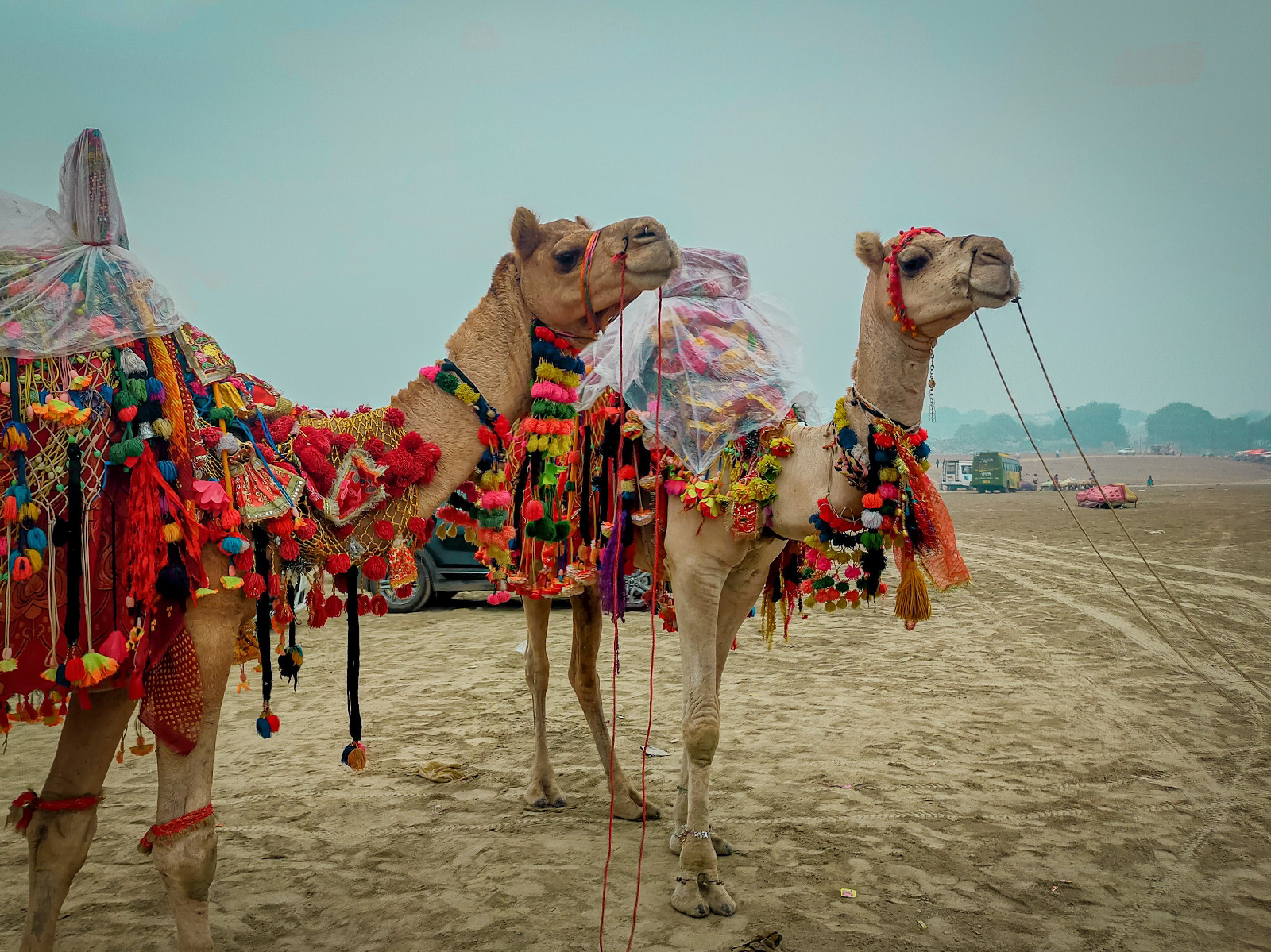THE GOLDEN TEMPLE IN INDIA (AMRATSAR)
GOLDEN TEMPLE IN INDIA
The Golden Temple, also known as Sri Harmandir Sahib, is a prominent Sikh gurdwara located in Amritsar, Punjab, India. It is considered one of the holiest places for Sikhs and serves as a symbol of their religious and cultural heritage. The temple was built in the 16th century by Guru Arjan Dev Ji, the fifth Sikh Guru.
The Golden Temple, also known as Sri Harmandir Sahib, was established in 1604 in Amritsar, Punjab, India. It is a prominent Sikh Gurdwara and holds immense religious significance for the Sikh community. The temple is an architectural marvel and an important pilgrimage site.
The main building is a beautiful golden structure surrounded by a large water tank known as the Sarovar. The temple's architecture blends Islamic and Hindu styles, reflecting the inclusiveness of Sikhism. Every day, thousands of devotees from around the world visit the Golden Temple to pay their respects and partake in the langar (free communal meal) served to all visitors, irrespective of their religion or background.
The Golden Temple's central Sikh scripture, the Guru Granth Sahib, is kept inside the temple during the day and carried in a procession to its resting place in the Akal Takht at night. The temple also features a beautiful light show in the evenings, attracting tourists and locals alike.
Overall, the Golden Temple is not only a significant religious site but also an architectural marvel and a symbol of Sikh unity, equality, and hospitality.
The Golden Temple in Amritsar is renowned for its langar, a free community kitchen that serves delicious and vegetarian Punjabi food to all visitors regardless of their religion or background. The langar typically includes dishes like dal (lentil soup), roti (Indian bread), sabzi (vegetable curry), and kheer (rice pudding). It's a wonderful experience to enjoy the food and the sense of community at the Golden Temple.
The attire commonly worn at the Golden Temple in Amritsar is conservative and respectful. Visitors are required to cover their heads before entering the main complex, and wearing a headscarf or a cloth called "rumal" is customary. Additionally, both men and women are expected to dress modestly, with shoulders and legs covered. It's a sign of respect and adherence to the religious customs of Sikhism, which the Golden Temple represents.








Comments
Post a Comment